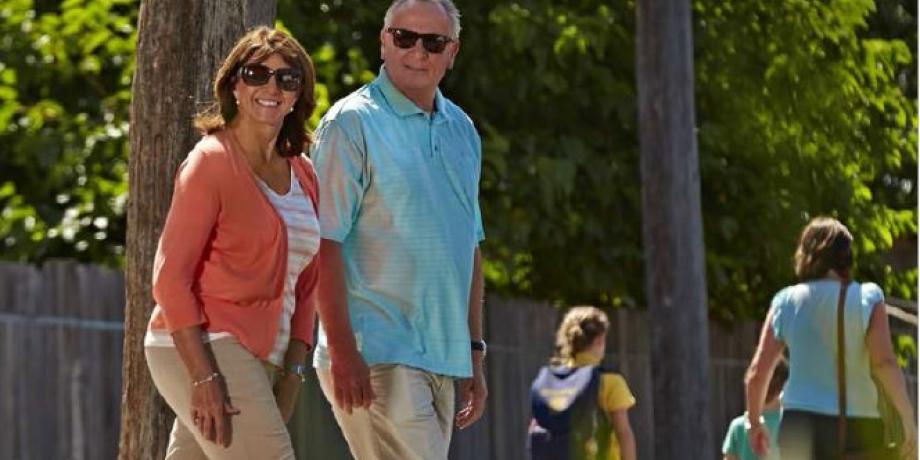
While we celebrate the role and contributions of older adults to our local communities during NSW Seniors Festival it is timely to reflect on road safety for seniors.
Driving abilities change with age. Young drivers in their teens may be fearless when driving, possibly taking unnecessary risks with speed or ignoring common driving rules and etiquette. Moving into adulthood and taking on greater responsibilities, like parenting, tends to make drivers more conservative with more respect for road rules. Then in their senior years drivers will once again make adjustments to their driving behaviour.
Older drivers have fewer crashes than other age groups. When older drivers, passengers and pedestrians are involved in a crash, they’re more likely to sustain a fatal or serious injury. Evidence suggests that senior road users can experience increasing physical fragility that tends to result in more serious crash injuries.
As drivers age it is important they take greater care with driving habits. Factors including medications, vision concerns, hearing impairment, reduced mobility and slower response times can make driving more challenging.
There are many ways older drivers can ensure their safety and the safety of others when driving including:
Having eyesight and hearing checked to ensure vision is clear and noises can be adequately heard.
Consulting a doctor regarding medications and health conditions to understand the impact on driving.
Getting enough sleep to be alert and aware.
Choosing the right car with features such as automatic transmission, power steering and brakes which make driving easier. There are many additional safety features available in newer cars.
Being a defensive driver and avoiding distractions.
Staying up to date with road rules.
Pedestrian road safety continues to be important as we age. Walking is something we do all our lives, yet we often don’t think about taking extra care as we get older. Follow these tips to stay safe when walking and crossing the road.
Before you step off the kerb, make eye contact with an approaching driver so they’re aware of you.
Always wait for vehicles to stop completely before you begin crossing the road.
Use safe places to cross the road such as pedestrian crossings.
Always walk on the footpath when available.
When crossing the road, take the shortest, most direct route to get to the other side.
Consider the time it will take you to cross a road or driveway. Wait for vehicles to pass before crossing.
Wear bright colours to increase your visibility, especially at dawn or dusk.
At intersections, always check for turning vehicles.

